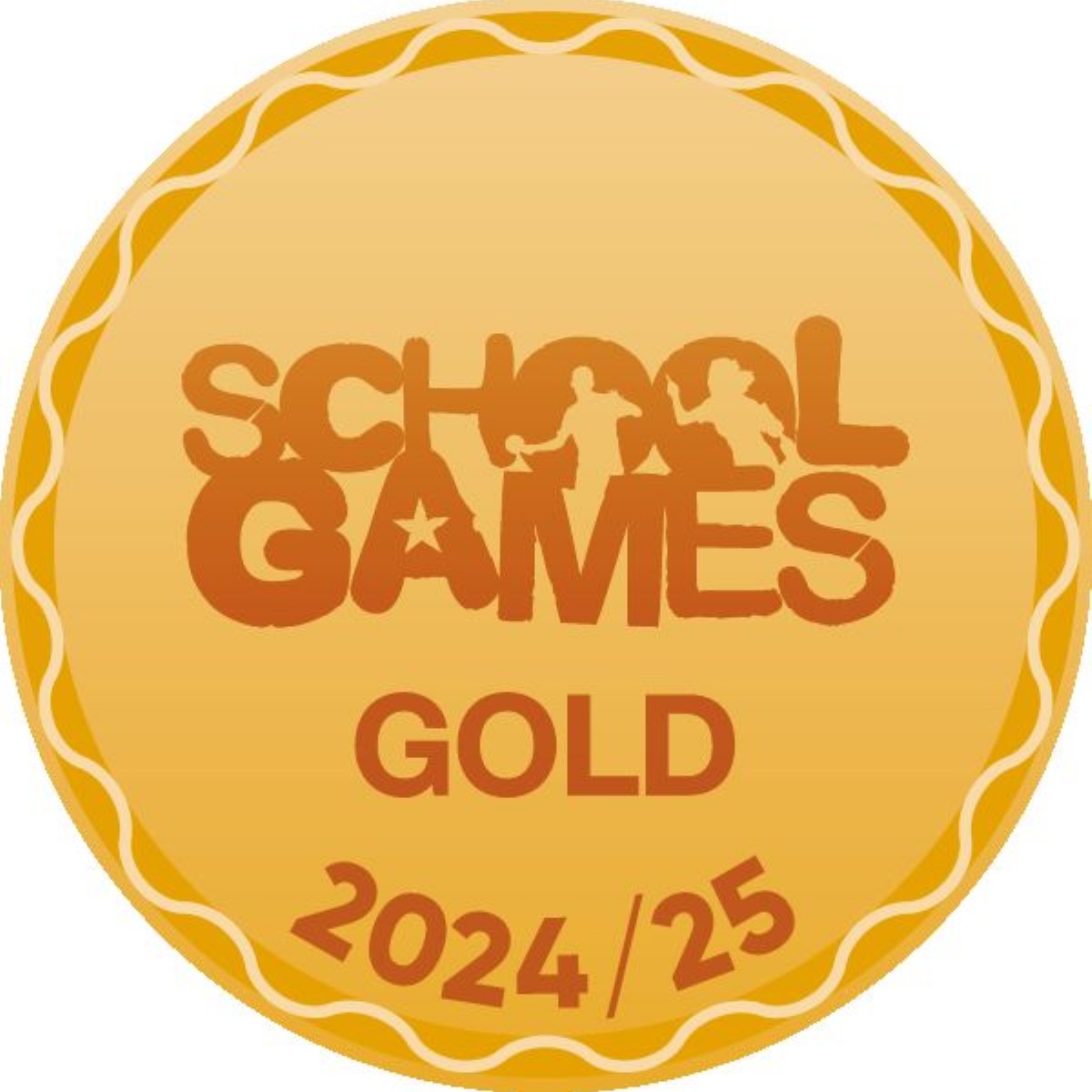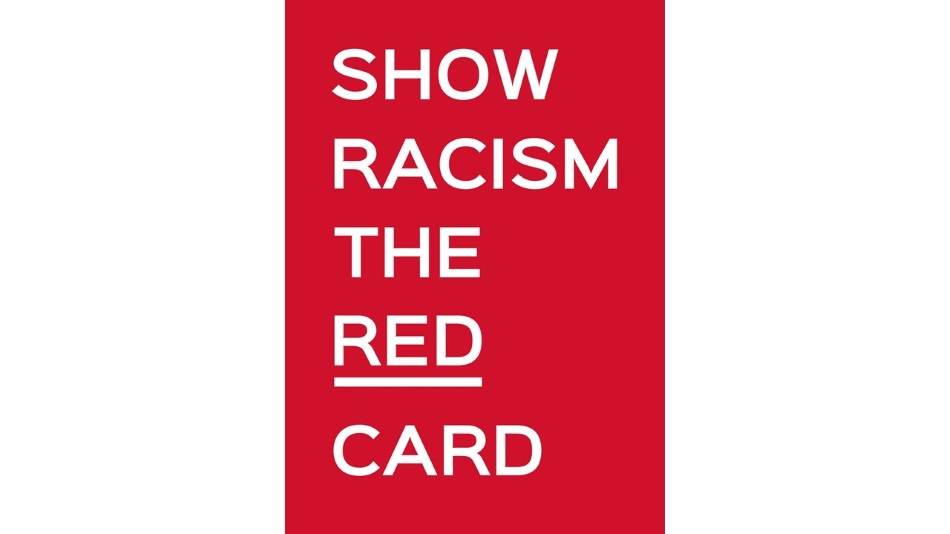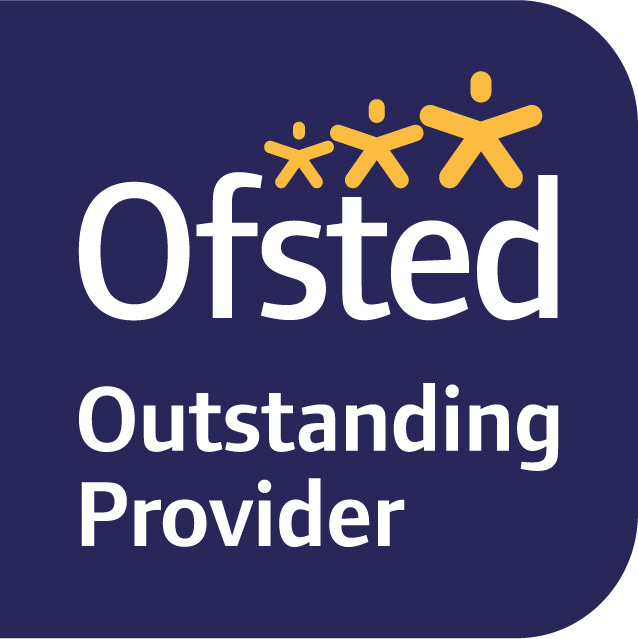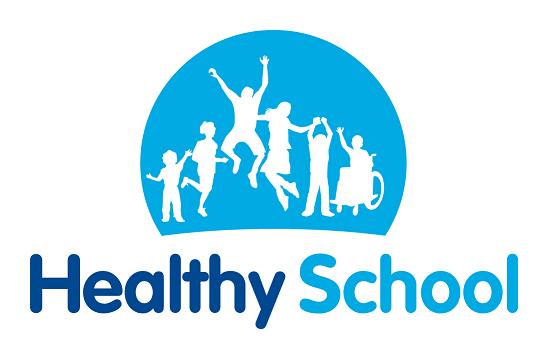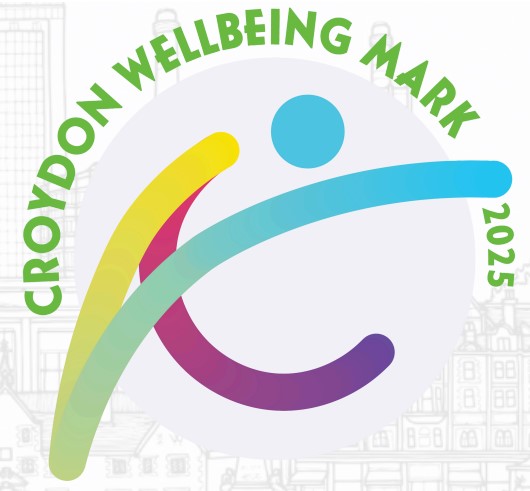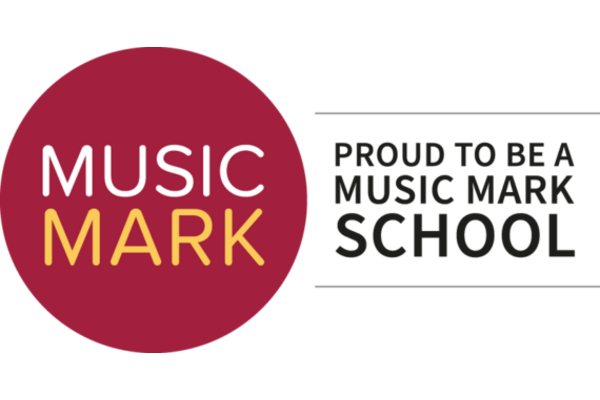Online Safety
Online safety continues to be an integral part of learning at Beaumont Primary School. With more pupils than ever gaining access to technology, and at an ever-earlier age, we want to work in collaboration with our families and wider school community to ensure that all children are using it in a safe, positive and responsible manner.
Technology can provide new learning opportunities but can also provide opportunities for pupils to access material they should not, or be treated by others inappropriately.
Our curriculum has a clear focus on online safety and shows pupils how to protect themselves from harm, particularly concerning cyber-bullying and dealing with strangers online. The children have regular assemblies linked to Online Safety and a carefully structured scheme that is implemented in collaboration with the school and Purple Mash. Mr Hatton is the designated Online Safety Lead at Beaumont Primary School. If you need any advice or have any questions relating to this subject please email Mr Hatton – chatton@beaumont.croydon.sch.uk
At Beaumont Primary School, we understand a range of factors keep children safe online:
- Policy– We have a clear and rigorous online safety, which can be found below on a drop down tab, which has clear procedures used by the whole school.
- All Beaumont Staff– Our entire workforce receive termly CPD on up-to-date training regarding online safety and the updates from KCSIE 2025.
- Curriculum– Our online safety curriculum is age-appropriate, relevant and engages pupils’ interest.
All pupils, staff and governors complete each year their AUP (Acceptable Use Policy) which clearly outlines the expectations of how to keep safe online and the correct procedures to follow. These can be found below.
The world our children are growing up in is becoming more and more digital. Among other things, technology has been shown to improve problem solving, cognitive development and language skills and it can stimulate creativity and social interaction but we also need to be aware of the many risks involved. We want to help our children and their families to make positive contributions online whilst developing strategies for keeping safe and being aware of their behaviour online. Therefore, please ensure that you have read the following documents listed below.
Web-filtering and Monitoring
From KCSIE 2025, the DSL is asked to take lead responsibility for web filtering and consider the DfE standards.
Keeping Children Safe in Education (KCSIE 2025) obliges schools to 'ensure appropriate filters and appropriate monitoring systems are in place and for them not to be able to access harmful or inappropriate material but at the same time be careful that 'over blocking' does not lead to unreasonable restrictions as to what children can be taught with regards to online teaching and safeguarding'.
At Beaumont Primary School, the internet connection is provided by LGFL (London Grid for Learning). This means we have a dedicated and secure, school-safe connection that is protected with firewalls and multiple layers of security, including a web filtering system called WebScreen3, which is made specifically to protect children in schools. You can read more about why this system is appropriate on the UK Safer Internet Centre's appropriate filtering submission pages.
There are three types of appropriate monitoring identified by the Safer Internet Centre. These are: 1. Physical monitoring (adult supervision in the classroom, at all times) 2. Internet and web access 3. Active/Pro-active technology monitoring services at Beaumont Primary School, we have decided that option 2 is appropriate.
When pupils log into any school system on a personal device, activity may also be monitored here. For example, if you use G Suite for example and apply a filtering extension, this will apply when logging into a home Chromebook but also when logging into a Chrome profile on a Windows laptop.
As part of our duty to provide a safe learning environment, we need to ensure that our pupils know how to remain safe online. There is considerable risk to children online, but they can be categorised within these four areas (also known as the four Cs) as stated within KCSIE:
|
content: being exposed to illegal, inappropriate or harmful content. for example: pornography, fake news, racist, misogynistic, self-harm, suicide, anti-Semitic, radical and extremist. |
contact: being subjected to harmful online interaction with other users. for example: peer to peer pressure, commercial advertising and adults posing as children or young adults for the purposes of grooming children. |
|
conduct: personal online behaviour that increases the likelihood of, or causes, harm. for example, making, sending and receiving explicit images, sharing others explicit images and online bullying. |
commerce: risks such as online gambling, inappropriate advertising, phishing and or financial scams. If you feel your pupils, students or staff are at risk, please report it to the Anti-Phishing Working Group (https://apwg.org/). |
Online Safety Documents
Policy Documents
Online Safety Policy 2025 - 2026
Glossary of Online Terms 2025 - 2026
Filtering Checks - Autumn Term 2023
Filtering Checks - Spring Term 2024
Filtering Checks - Summer Term 2024
Filtering Checks - Autumn Term 2024
Cyber Security Policy
Cyber Security Policy 2025 - 2026
Cyber Security Glossary of terms
Online Safety Newsletters
September 2025 Online Safety Newsletter
Acceptable Use Policies for: EYFS, KS1, KS2, Staff and Governors, Visitors and Parents
Staff, Governors and Volunteers
Useful Websites for Parents and Families
Croydon Council recommendations
How to start a conversation with your child about online safety


